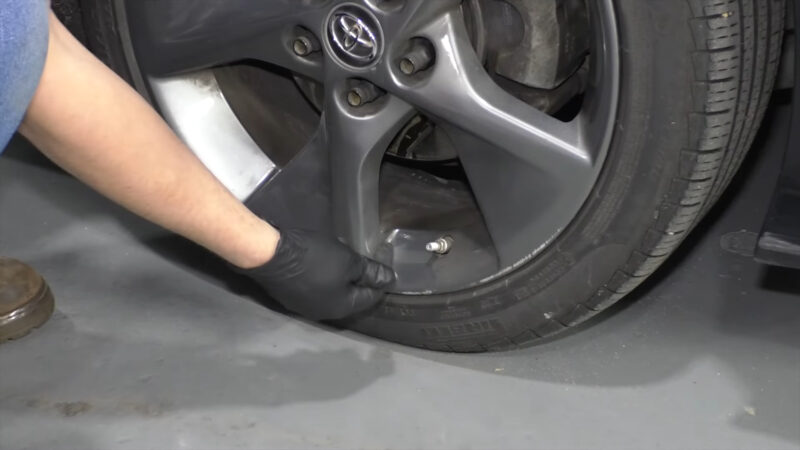Tire pressure is a critical aspect of vehicle maintenance that often goes unnoticed until the Tire Pressure Monitoring System (TPMS) light on your dashboard illuminates, signaling that something is amiss.
It’s a common scenario: you fill up your tires, and yet, the tire pressure light remains stubbornly lit. This can be both confusing and frustrating.
What is TPMS?
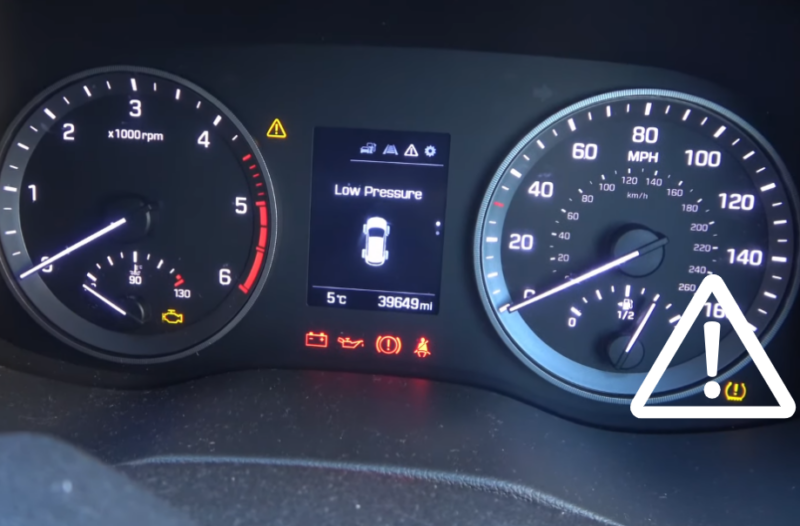
The TPMS is an electronic system that monitors the air pressure inside your pneumatic tires. There are two types of TPMS:
- Direct – it measures the pressure in each tire and reports it to the vehicle’s computer;
- Indirect – uses the vehicle’s anti lock brake system to compare the rotation speed of the tires, If one tire is rotating faster than the others, it is likely under-inflated.
Why Proper Pressure Is So Important?
Maintaining proper tire pressure is crucial for several reasons. It ensures optimal tire performance and load carrying capabilities, contributes to vehicle safety, and helps in achieving better fuel efficiency.
Under-inflated tires can lead to tire failure, reduced traction, and increased wear, while over-inflated tires can result in a harsh ride and uneven tire wear.
Reasons Why TPMS Light Stays On
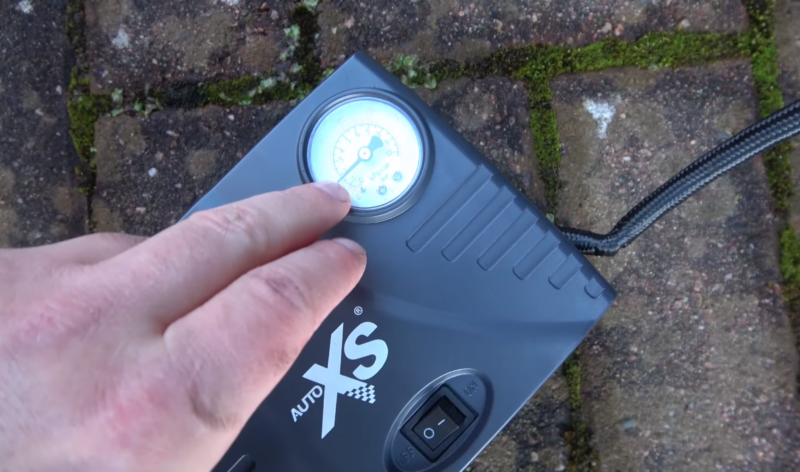
After understanding the TPMS, let’s explore the reasons why the tire pressure light might stay on even after filling the tires.
Tire Pressure is Incorrect
Even after adding air, the tire pressure might still be below or above the recommended level. This is a common issue, and it’s important to check the pressure with a tire gauge.
- Ensure all tires, including the spare, are at the recommended PSI.
- Check the tire pressure when the tires are cold.
- Adjust the pressure according to the vehicle’s manual.
TPMS Sensor Issues
The TPMS sensor could be faulty or damaged, leading to incorrect readings. Sensors have batteries that can die, and they can also be damaged by road debris.
- Consider replacing the batteries or the entire sensor if necessary.
- Regularly check and clean the sensors to ensure they are functioning properly.
Seasonal Temperature Changes
Tire pressure can decrease with a drop in temperature. For every 10 degrees Fahrenheit change, tire pressure can change by 1 PSI.
- Check and adjust tire pressure with significant temperature changes.
- Consider using nitrogen in tires, as it is less affected by temperature changes.
How to Reset the TPMS Light?
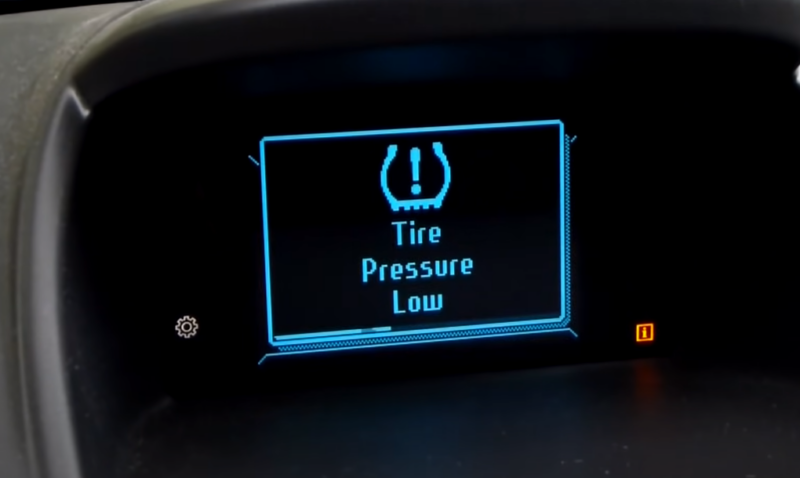
Once you have addressed the issue, you might need to reset the TPMS light.
Consult the Vehicle’s Manual
The process to reset the TPMS light can vary between different vehicle models. Always refer to the vehicle’s manual for the correct procedure.
- Follow the manual’s instructions carefully.
- If the light doesn’t reset, there might still be an issue with the tires or the TPMS.
There are many other useful things that you will find in the manual. That will help you if you are not sure how to deal with some simple processes like how to fill windshield wiper fluid, how to replace the air filter, and much more.
Visit a Professional
If you are unable to reset the TPMS light or if it comes back on after resetting, it’s advisable to visit a professional.
- A professional can diagnose and fix any underlying issues.
- Regular maintenance checks can prevent future TPMS light issues.
Preventive Measures
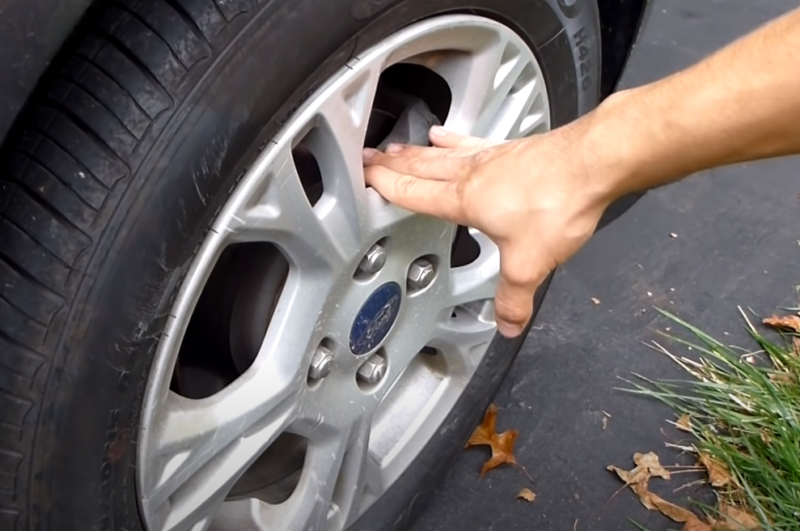
To avoid future issues with the TPMS light, regular tire maintenance is key.
Regular Tire Checks
Regularly check your tire pressure and condition to ensure they are within the recommended levels.
- Check tire pressure at least once a month.
- Inspect tires for any visible damage or irregular wear.
Professional Tire Maintenance
Have your tires and TPMS checked by a professional during regular vehicle maintenance visits.
- Professionals can spot issues that might not be immediately apparent.
- Regular maintenance ensures the longevity and safety of your tires.
Advanced Solutions
Sometimes, despite your best efforts, the TPMS light might continue to be a source of frustration. In such cases, advanced troubleshooting might be necessary.
Rechecking Tire Pressure
It’s crucial to ensure that the tire pressure is checked accurately and adjusted as needed.
- Use a reliable and calibrated tire pressure gauge.
- Check the pressure when the tires are cold for the most accurate reading.
Inspecting Tires for Slow Leaks
A slow leak in one of the tires could be the culprit, causing the tire pressure to drop gradually.
- Inspect the tires for any punctures or damage that might be causing a slow leak.
- Pay attention to any changes in the vehicle’s handling or any unusual noises, as these could be indicators of a tire issue.
Professional Tire Services Can Be The Best Choice
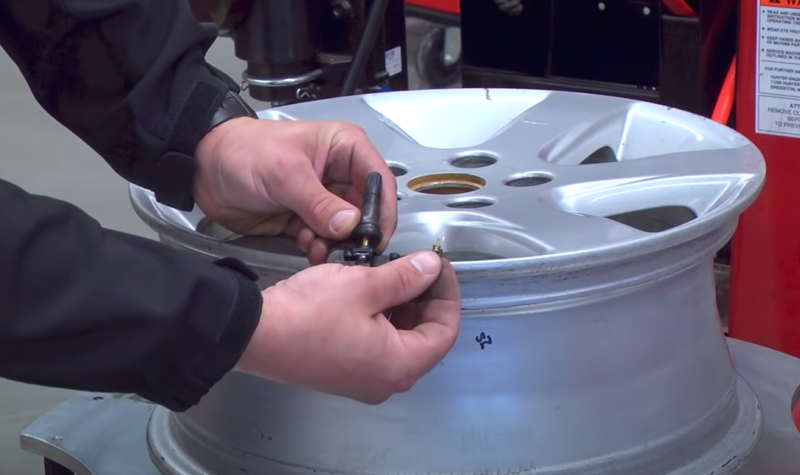
When all else fails, or if you’re unsure about how to proceed, professional tire services can provide the expertise needed to resolve the issue.
The Benefits of Professional Assistance
A professional can provide a comprehensive assessment of both the tires and the TPMS.
- They have the tools and knowledge to accurately diagnose the issue.
- They can provide recommendations for repair or replacement if necessary.
Ensuring Proper TPMS Functionality
A professional service can ensure that the TPMS itself is functioning as it should.
- They can replace faulty sensors and batteries.
- They can recalibrate the system if necessary.
The Key Is To Secure Longevity and Performance
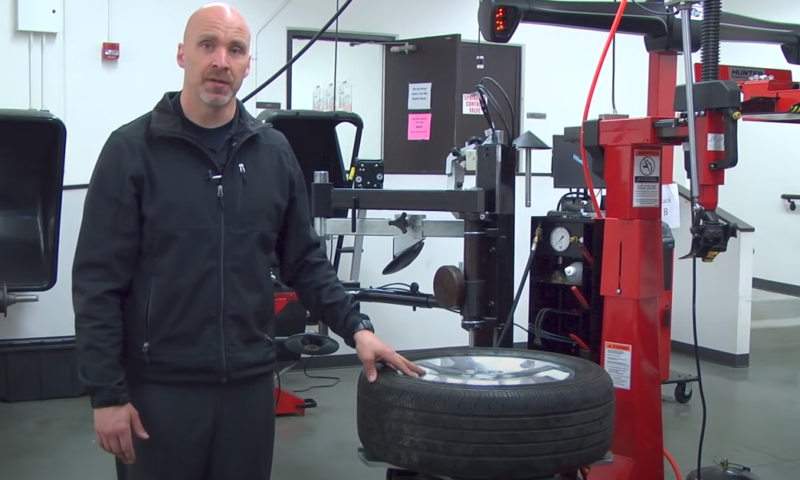
Proper tire maintenance not only resolves TPMS light issues but also enhances the longevity and performance of your tires.
Regular Tire Rotation and Balancing
These services ensure even tire wear and optimal performance.
- Tire rotation should be performed every 5,000 to 7,500 miles.
- Balancing ensures that the tires wear evenly, providing a smoother ride.
Proper Wheel AlignmentMisaligned wheels can lead to uneven tire wear and can trigger the TPMS light.
- Have the wheel alignment checked regularly.
- Pay attention to any signs of misalignment, such as the vehicle pulling to one side.
Other Potential Reasons
It depends on the model of the vehicle, its overall condition, and many other factors, but there is a chance where the pressure light could be on even when everything is fine with the tires.
System Error or Malfunction
- Sensor Battery Failure: The batteries in TPMS sensors have a limited lifespan, usually around 5-10 years. Once the battery dies, the sensor will fail to transmit tire pressure information, causing the TPMS light to illuminate.
- Sensor Damage: The TPMS sensors can get damaged due to various reasons such as road debris, corrosion, or even during tire replacement. Damaged sensors will not function properly, leading to a lit TPMS light.
Changes in Weather or Altitude
- Temperature Fluctuations: Tire pressure can decrease in cold weather and increase in hot weather. A sudden change in temperature can cause a significant change in tire pressure, leading to a TPMS alert.
- Altitude Changes: Changes in altitude can also affect tire pressure. Higher altitudes may lead to higher tire pressure readings and vice versa.
Electrical Issues or Software Glitches
- Faulty Wiring or Connections: Damaged wiring or poor connections in the TPMS system can lead to malfunctions and false alerts.
- Software Glitch: Like any other electronic system, the TPMS can experience software glitches that may cause the light to stay on. A vehicle reset or software update may be required to resolve the issue.
Aftermarket Modifications
- Upgraded Rims or Tires: Aftermarket rims or tires that are not compatible with the vehicle’s TPMS system can cause issues with tire pressure readings.
- Lack of TPMS Sensors in Aftermarket Rims: Some aftermarket rims may not have the necessary accommodations for TPMS sensors, leading to a constant TPMS alert.
FAQs
Is 25 Tire Pressure Too Low?
Yes, a tire pressure of 25 PSI is generally considered too low. Most passenger vehicles recommend a tire pressure between 30 and 35 PSI. Driving on tires with pressure this low can lead to increased tire wear, reduced fuel efficiency, and can compromise the vehicle’s handling and safety.
Is 26 Tire Pressure Too Low?
26 PSI is below the recommended range for most passenger vehicles. It is advisable to inflate the tires to the manufacturer’s recommended pressure, usually found in the vehicle’s manual or on a sticker inside the driver’s door.
Where is the TPMS Reset Button?
The location of the TPMS reset button can vary by vehicle model. Common locations include beneath the steering wheel, in the glove box, or in the center console. Refer to the vehicle’s manual for the exact location and instructions on how to reset the TPMS.
How Do I Know If My Tire Pressure Sensor is Bad?
A faulty tire pressure sensor may cause the TPMS light to stay on after adjusting the tire pressure, provide inconsistent pressure readings, or not respond when tire pressure is low.
What Can Damage a Tire Pressure Sensor?
Tire pressure sensors can be damaged by corrosion, physical impacts (like hitting a curb), improper handling during tire services, or battery failure over time.
Summary
The best way to deal with this situation is to learn more about different reasons why the lights could stay on. As you can see, there are some cases where they might be on even if the condition of the tires is in a perfect state.
